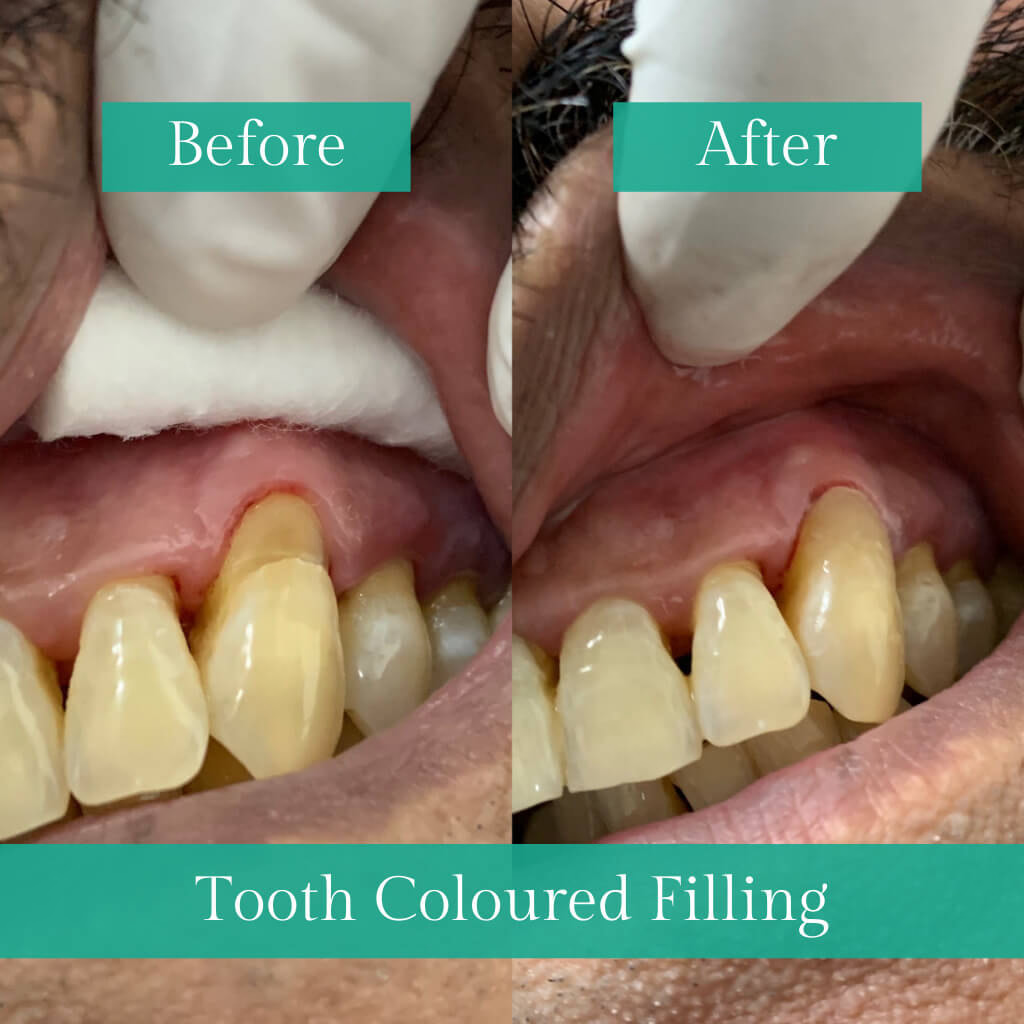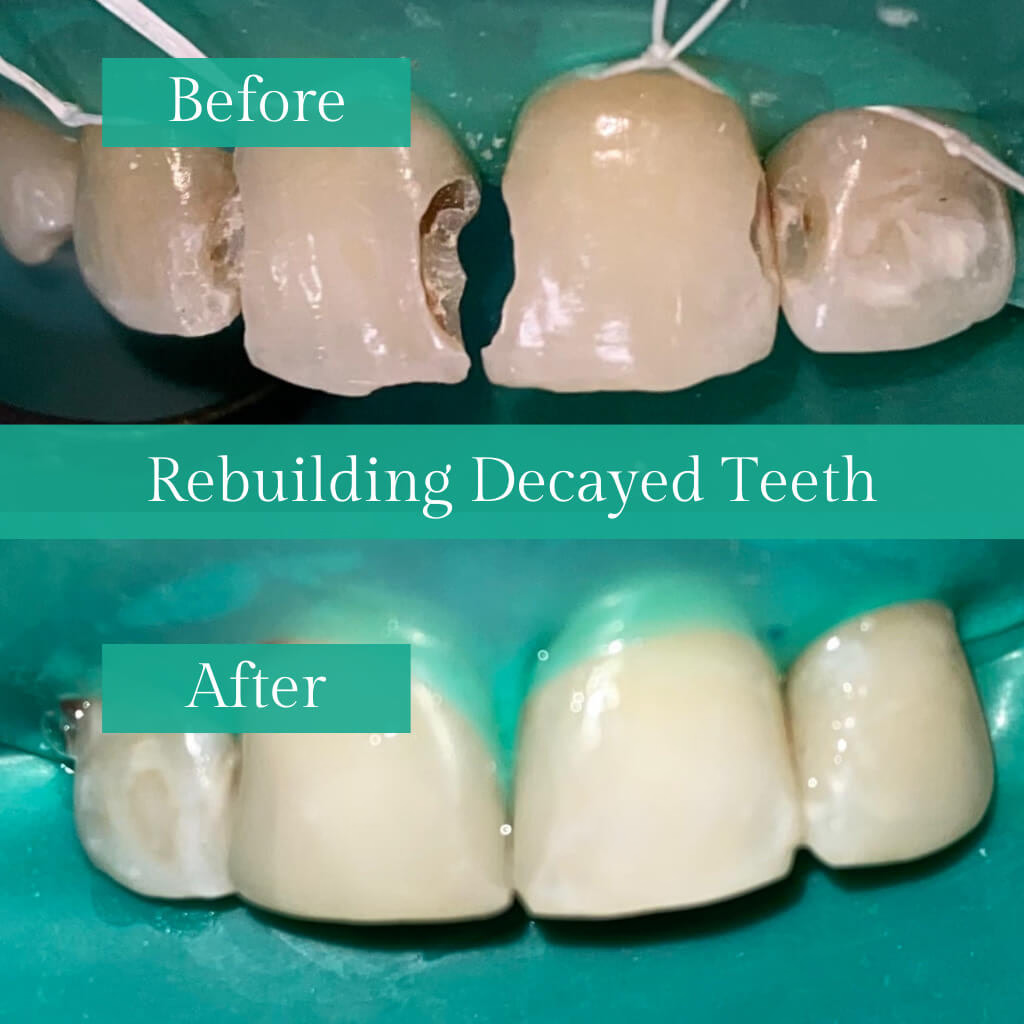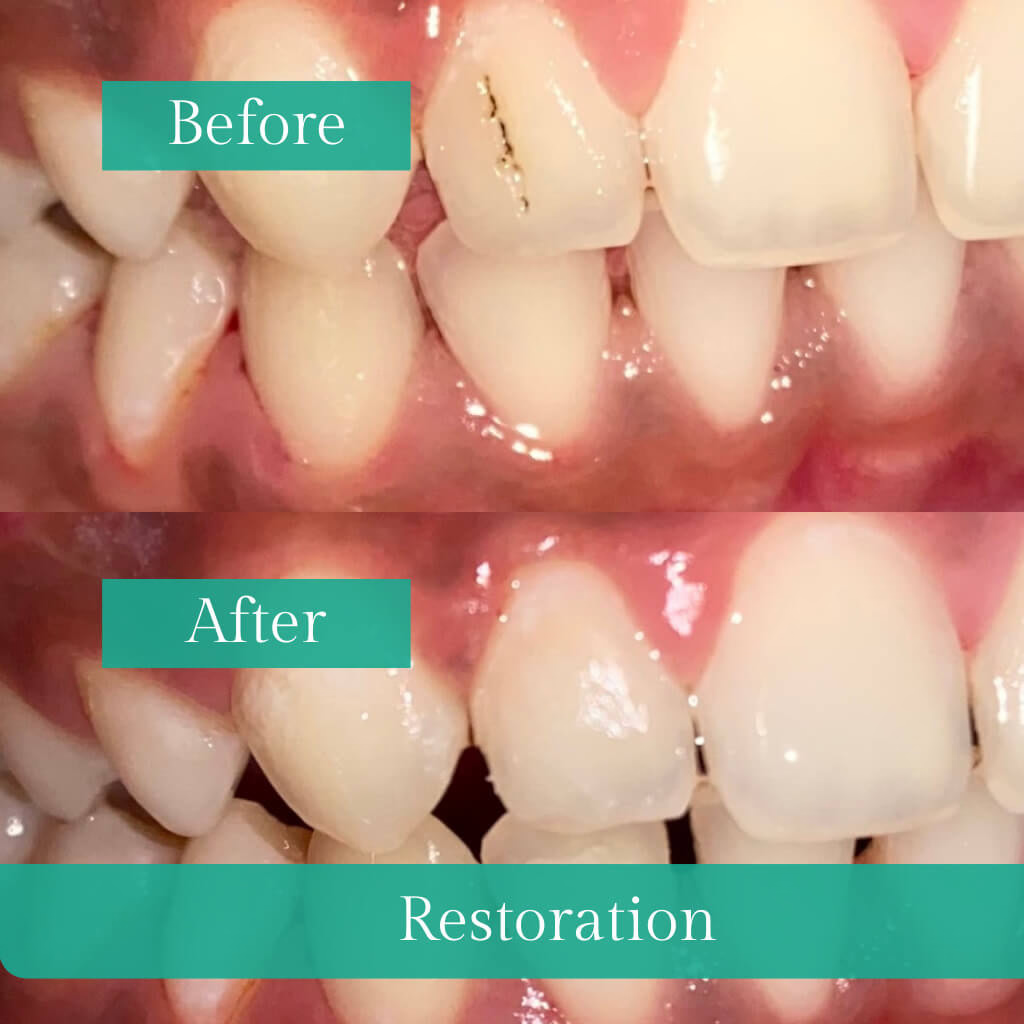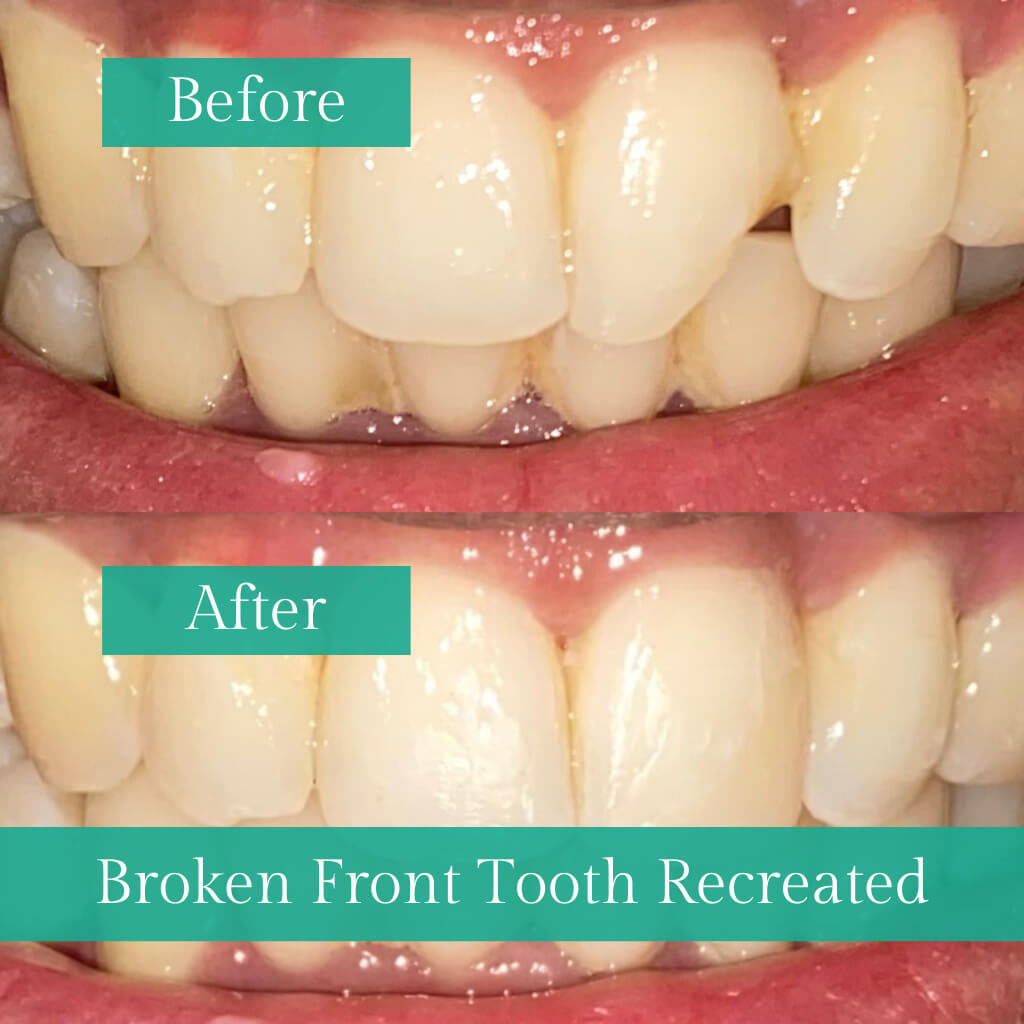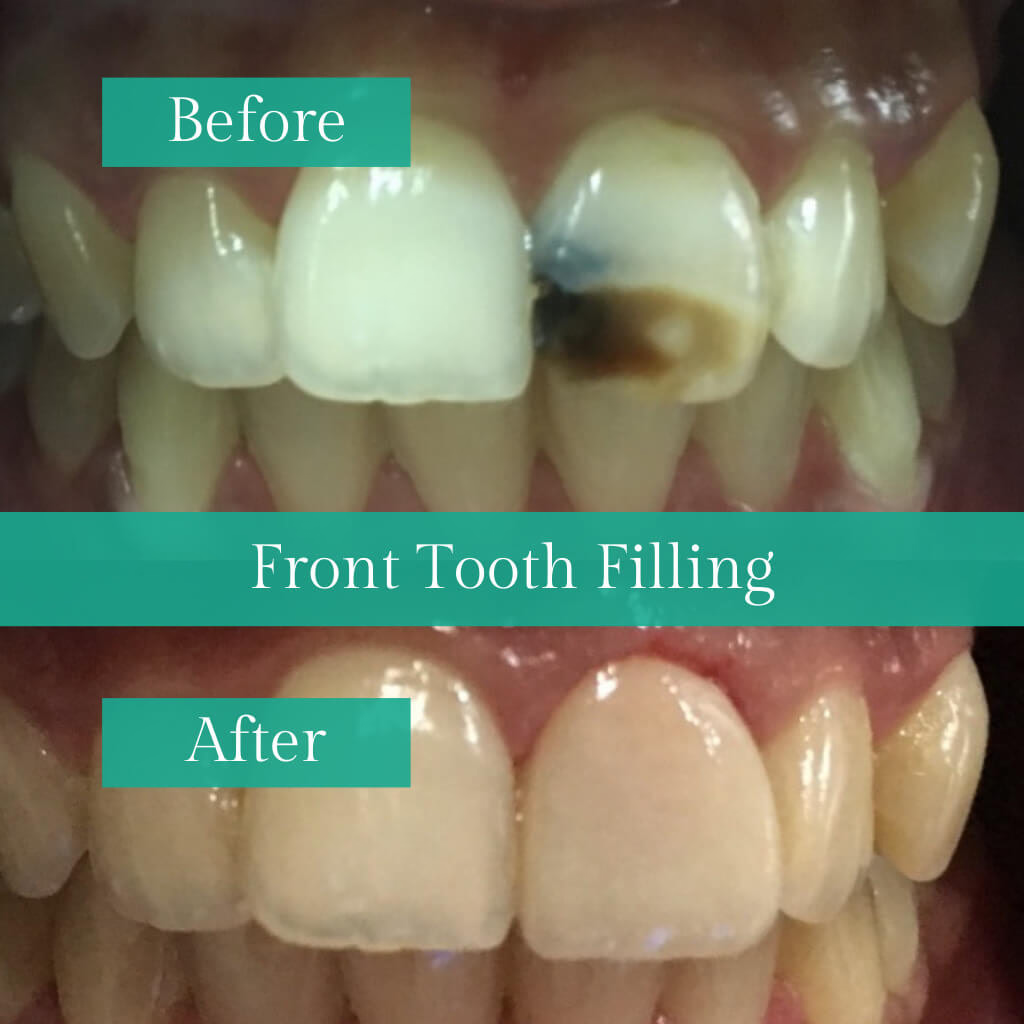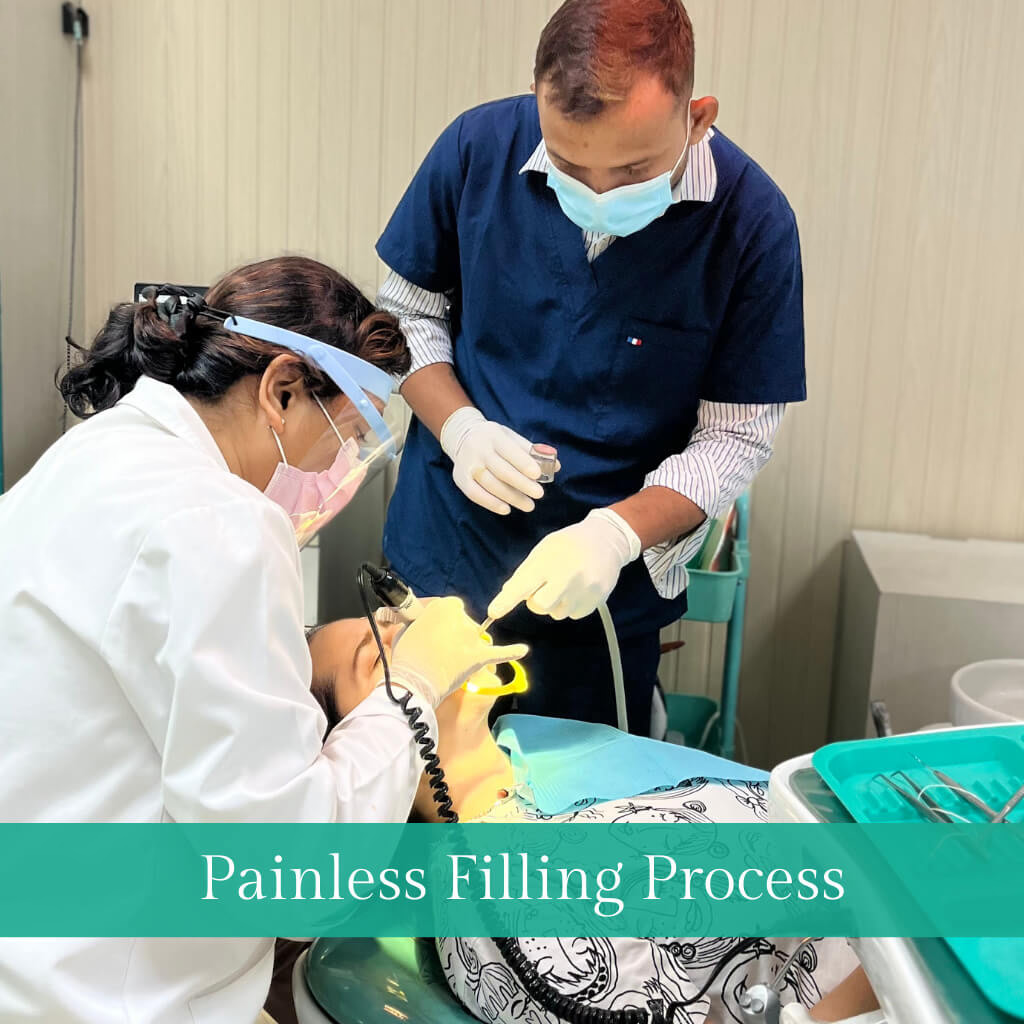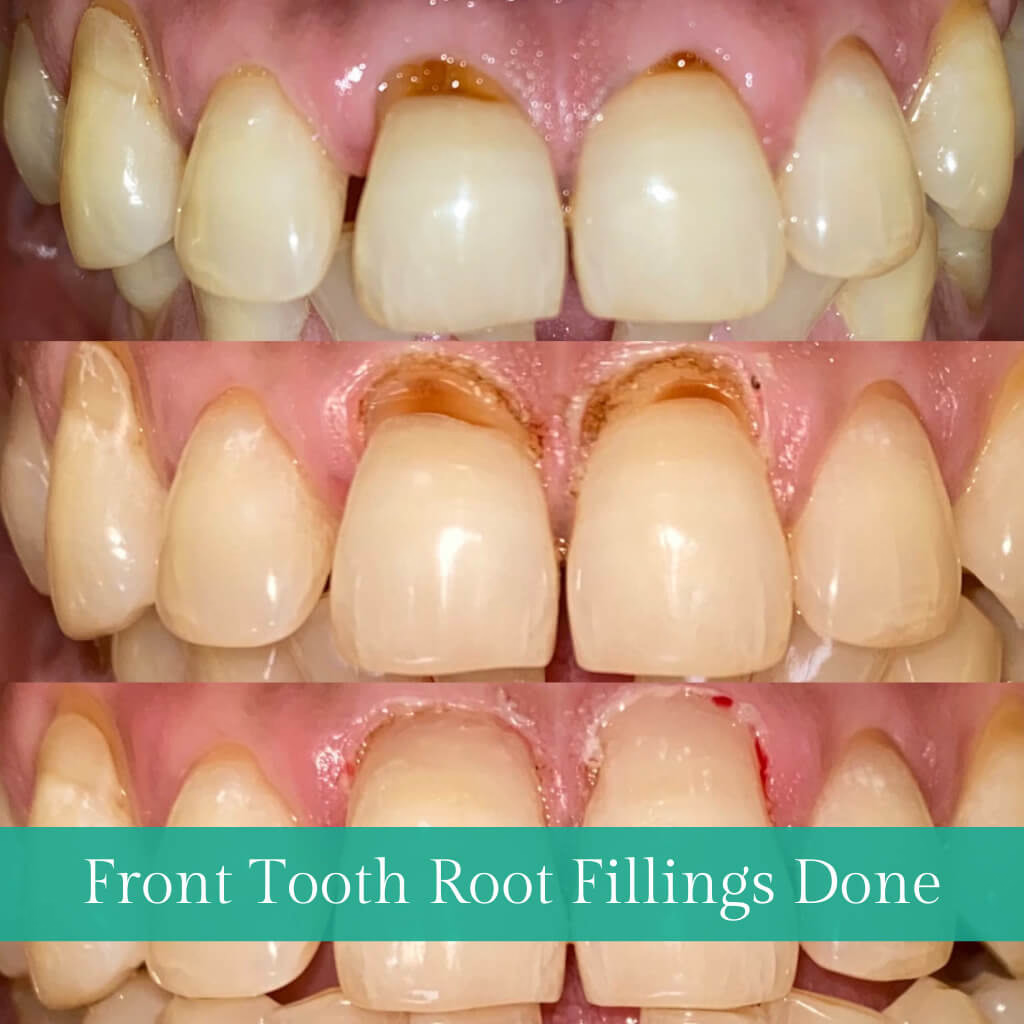Dental fillings and sealants are essential components of preventive and restorative dentistry. Fillings are restorative materials used to repair teeth damaged by decay or fractures, restoring their shape and function while preventing further decay.
On the flip side, sealants are thin protective layers applied to the chewing surfaces of rear teeth, especially molars and premolars, to safeguard them against cavities. They work by sealing the grooves and pits susceptible to trapping bacteria and food particles.
Fillings and sealants play vital roles in maintaining oral health, from repairing tooth damage to safeguarding vulnerable areas against future decay.
When Do You Need Dental Fillings?
- Cavities Dental fillings treat cavities (tooth decay) by removing the decayed section of the tooth and then filling the resulting space.
- Cracked or Chipped Teeth Fillings can repair small cracks or chips in teeth, restoring their structure and preventing further damage.
- Worn Teeth Teeth that have experienced erosion or wear due to grinding (bruxism) or other factors may require fillings to restore their original shape and proper function.
- Minor Tooth Fractures Fillings may be used to repair minor fractures in teeth, especially if they are causing discomfort or compromising the tooth's strength.
- Replacing Old Fillings Over time, older fillings may wear out, become loose, or develop new decay around them, necessitating their replacement with new fillings.
When Do You Need Dental Sealants?
- Children and Adolescents Dental sealants are commonly applied to the permanent molars and premolars of children and teenagers soon after these teeth erupt. This preventive measure helps protect these teeth during their most cavity-prone years.
- Deep Grooves and Pits Teeth with deep grooves and pits on their chewing surfaces, especially the molars, are more susceptible to cavities.
- Sealants can be applied to these areas as a preventive measure to block the entry of food particles and bacteria, reducing the likelihood of trapping them.
- Cavity Prevention Sealants act as a physical barrier, reducing the risk of cavity formation by providing a smooth surface that's easier to clean and less likely to trap plaque.
- Preservation of Healthy Teeth Applying sealants to healthy teeth helps preserve their integrity and minimises the need for dental fillings in the future.
Aftercare tips:
- To uphold excellent oral hygiene, it's important to brush your teeth twice daily and to make regular use of dental floss.
- Be cautious with sticky and hard foods that can potentially damage dental work.
- Periodically check fillings and sealants for wear, chipping, or changes in shape.
- Limit consumption of acidic and sugary foods to prevent tooth decay.
- Choose a fluoride toothpaste to strengthen enamel around dental work.
- Schedule regular dental check-ups to ensure fillings and sealants are in good condition.
- Discuss teeth grinding habits with your dentist and use a nightguard if necessary.


